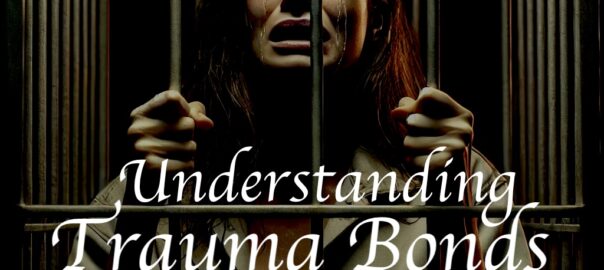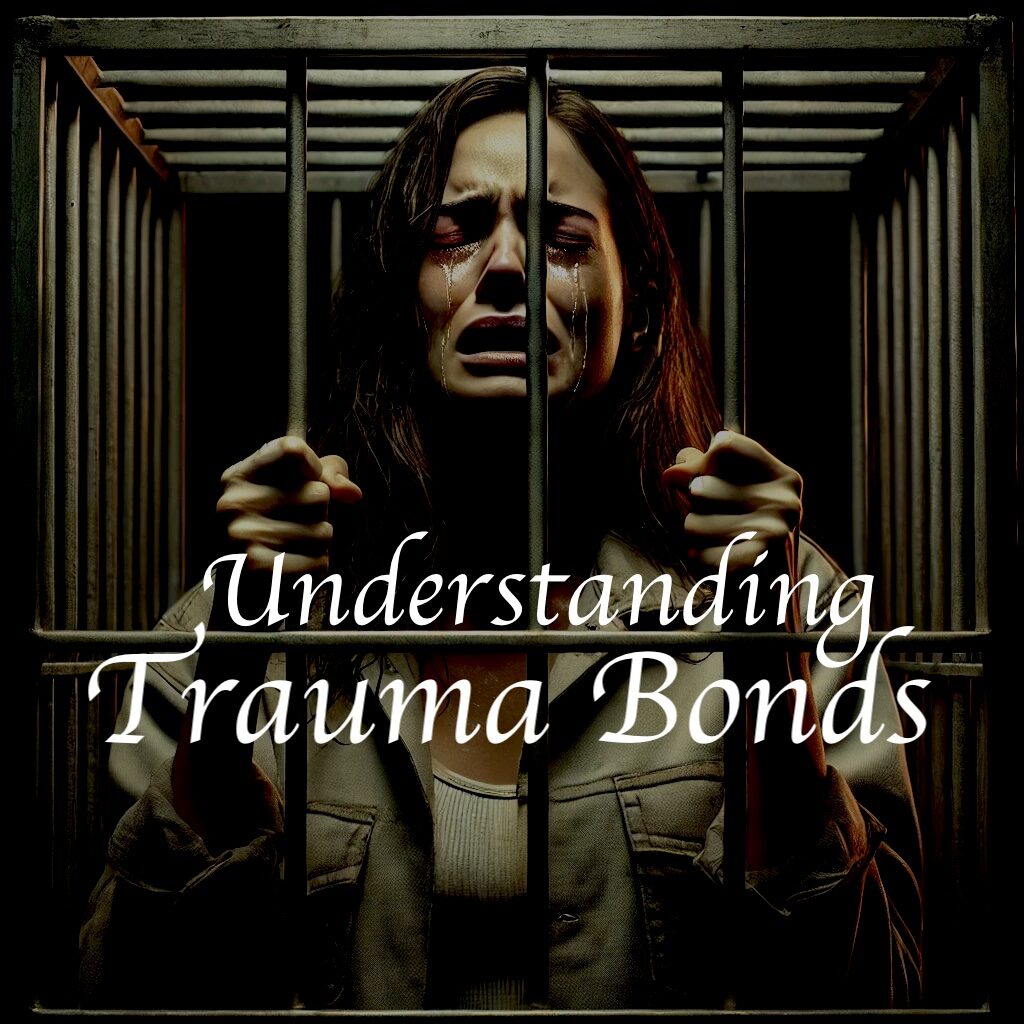
Have you ever found yourself anxiously waiting for your partner’s call or text, then you start feeling physically sick? Maybe your stomach churns, your heart races, and you feel like you can’t breathe. This distressing experience is more common than you might think and can be deeply unsettling. Understanding why this happens and what you can do about it can make a big difference in your emotional and physical well-being.
The Connection Between Waiting and Anxiety
When you’re emotionally invested in a relationship, waiting for your partner to reach out can be an emotional rollercoaster. The anticipation and uncertainty can trigger intense anxiety, especially if you’re unsure about their feelings or the status of the relationship. This anxiety can manifest in physical symptoms such as:
• Stomachaches: The gut is highly sensitive to emotional stress, often leading to discomfort or pain.
• Rapid Heartbeat: Anxiety triggers the body’s “fight or flight” response, causing your heart to beat faster.
• Shortness of Breath: Stress can make it feel harder to breathe as your body reacts to perceived danger.
• Panic Attacks: Severe anxiety can escalate into panic attacks, which include symptoms like sweating, shaking, and an overwhelming sense of fear.Understanding Anxious Attachment Style
One significant factor contributing to this intense reaction is an anxious attachment style. Attachment styles are patterns of how we form emotional bonds and interact in relationships, often developed in early childhood. People with an anxious attachment style tend to:
• Crave Closeness and Reassurance: They need frequent validation and assurance from their partners.
• Fear Rejection and Abandonment: They are often worried about being left or not being loved enough.
• Overthink and Ruminate: They may spend a lot of time thinking about potential problems in the relationship.If you have an anxious attachment style, waiting for a call or text from your partner can feel like a test of their love and commitment. The lack of immediate response might trigger deep-seated fears of abandonment or rejection, causing a cascade of anxious thoughts and physical symptoms.
Why You Feel This Way
Several factors contribute to the anxiety you feel while waiting for your partner’s call or text:
1. Emotional Dependence: Relying heavily on your partner for emotional validation can make their actions (or inactions) profoundly impact your emotional state.
2. Unresolved Conflicts: Past arguments or unresolved issues in the relationship can amplify your anxiety, as these underlying tensions resurface when you’re left waiting.
3. Testing Boundaries: Sometimes, you might decide to wait for them to call to see if they care enough to reach out. This “test” can create significant stress as you await their response.How Unresolved Conflicts Amplify Anxiety
Unresolved conflicts in your relationship can significantly exacerbate your anxiety. These conflicts might stem from:
• Misunderstandings: Past misunderstandings that were never clarified can linger in your mind, causing worry and insecurity.
• Unmet Needs: If your emotional needs have not been addressed or met, waiting for a call can remind you of this unfulfilled aspect of the relationship.
• Communication Issues: If communication has been poor or inconsistent, the lack of a call can feel like a continuation of this pattern, heightening your anxiety.Strategies to Cope with Anxiety
Dealing with this anxiety involves both understanding your attachment style and adopting practical strategies to manage your emotional response:
1. Practice Grounding Techniques: Engage in deep breathing exercises, mindfulness meditation, or progressive muscle relaxation to calm your mind and body.
• Deep Breathing: Inhale deeply through your nose, hold for a few seconds, and exhale slowly through your mouth. Repeat until you feel calmer.
• Mindfulness Meditation: Focus on the present moment, observing your thoughts and feelings without judgment.
2. Stay Busy: Distract yourself with activities that you enjoy. Exercise, hobbies, or spending time with friends can keep your mind occupied and reduce anxiety.
3. Positive Self-Talk: Remind yourself of your worth and value outside of the relationship. Use affirmations to boost your self-esteem and reinforce your self-worth.
4. Set Boundaries: Clearly define your emotional boundaries and communicate your needs openly with your partner. Let them know how their communication habits affect you.
5. Seek Support: Talk to a trusted friend, family member, or therapist about your feelings. External support can provide perspective and emotional relief.
6. Limit Contact: Reduce your dependency on your partner’s actions for your emotional well-being. Focus on building your self-reliance and self-love.
7. Professional Help: If your anxiety feels overwhelming and persistent, consider seeking help from a mental health professional. They can offer strategies and therapies to manage anxiety effectively.Feeling anxious and physically unwell while waiting for your partner’s call or text is a challenging experience, often linked to an anxious attachment style and unresolved conflicts. Understanding the roots of your anxiety and implementing strategies to cope can help you regain control over your emotions and improve your overall well-being. By focusing on self-care, healthy communication, and addressing unresolved issues, you can reduce the impact of these distressing feelings and build a stronger, more secure relationship.


